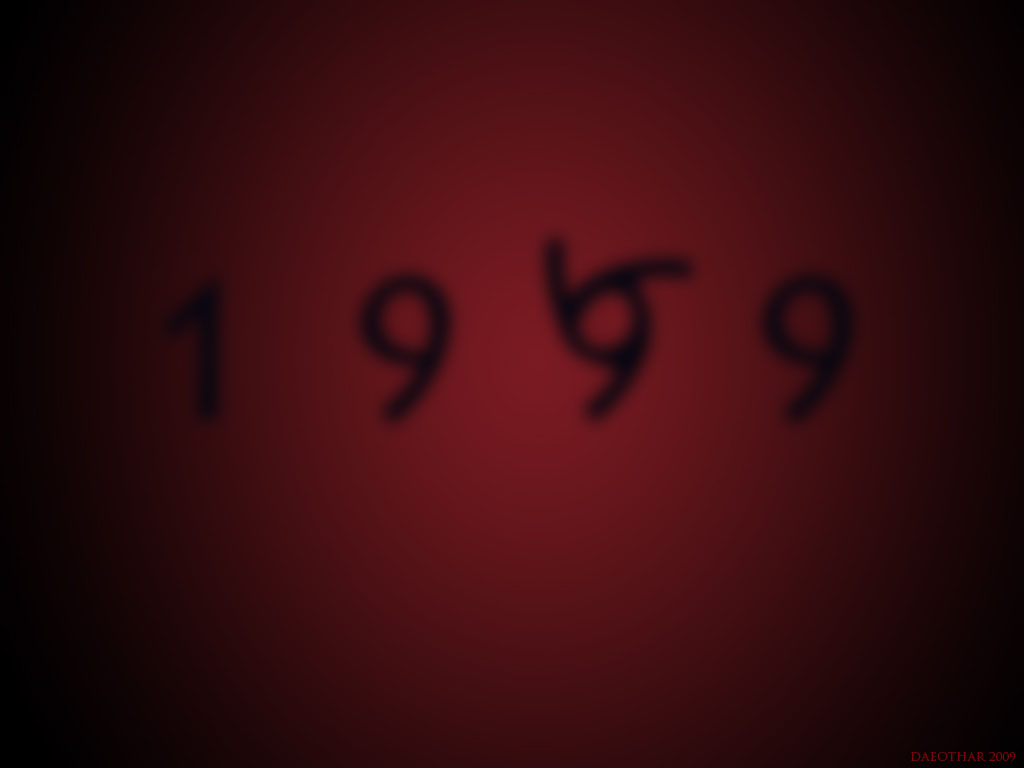FAQ/Clarifications:
No FAQ for the game was ever published, nor was the old 1999
Yahoo group supported by Cell long enough to develop an
approved list. What follows is based on discussions and
solutions developed by players since the game was launched.
Unit Structures:
Units are built according to the troop type classifications
in the bottom left of the text boxes, and the arrow symbols
on the right. The key requirements are to understand the
classifications (Squad, Support, Leader, Special), the
number of figures that may be combined onto a single rules
card and the direction of the arrows for support and
leaders.
Example:
50pt DeSade army
(Choices made for a balanced force which has a slight
emphasis on close combat suited to a patrol or encounter
type scenario)
|
Apocalyptic Rider
Special figure (so is a unit of its own.
Unattached)
14 points |
|
Desade Dominata
Leader Figure
(Part of unit:” attached” to the vertical
arrow on the Rifle trooper)
7 points |
| |
DeSade Carnaliser
Support figure
(Part of unit:” attached” to the
horizontal arrow on the Rifle Trooper)
6 points |
DeSade Trooper with Bayonet Rifle
Squad figure (min 2/Max 8 models)
5 figures @ 4pts each
20 points |
Total 8 figures costing 47 points.
2 units
Apocalyptic rider single figure unit acts on Activation
Phase 3
Infantry unit has a choice of activations: As a whole it can
act on phase 3 (the lowest activation of any member of the
unit) or individually on 3 for the Leader, phase 4 for the
five rifle troopers and an unfortunate phase 5 for the
Carnaliser.
The Carnaliser (taken here as a support choice) could also
be fielded as a squad (min2/max4 models) or as a special
figure in a unit of 1 single on its own.
Breaking the squad sizes
Troops such as the Carnaliser which can be squad or support
can appear to break unit sizes. Taking the maximum 4 for the
squad and adding an extra 1 as the support gives the
appearance of a 5 figure squad
Instability
You may add up to 2 points per box for up to 3 boxes on a
single card. Taking an increase of 1 in for example Close
Combat (attack) only would result in a final Instability
score of 1. Meaning: each activation that model has to roll
2 or more on a D6 to avoid suffering the effects of
instability. Taking an increase of 2 in 3 boxes (the
maximum) will result in a model having to roll higher than 6
on a D6 each turn. But as a 6 counts as an automatic success
it is still possible to avoid an Instability effect.
Line of Sight
Blocking:
The rules specify seeing half or less of a model counts as
partially blocked for shooting, this often leads to disputes
about what constitutes “half a model”. One solution is to
specify a line of sight that crosses any part of an enemy
figures base counts as partially blocking.
Arcs:
Visibility arcs are 360 degrees so for moving, shooting,
combat the figure is assumed to turn around as required for
what it wants to do. There are no flanks/front/rear in 1999.
Charging
Basic rule is that you do not need line of sight to a
figure to be able to charge it and that you are
permitted to measure the distance before moving, which
benefits a ”close combat” biased army. If players wish they
can agree to change this to requiring line of sight, and/or
disallowing the premeasurement of movement distances prior
to moving.
Reinforcement units
Units specified as reinforcements can be exchanged after the
battle starts but before they enter play. It is possible to
start the game with one type of force, deploy half the army
in reserve, see what your opponent is fielding and then
change the units in this reserve to suit the enemy force.
Any changes must still result in legal units and no extra
points than originally deployed. The risk is that as
Reinforcement units cannot be activated until turn 3, you
may already have lost the battle by then.


